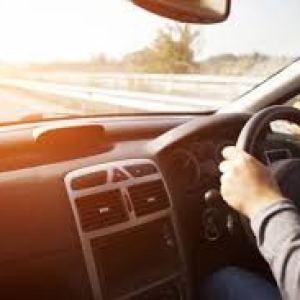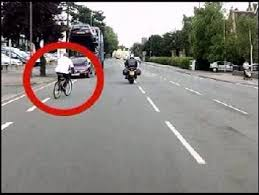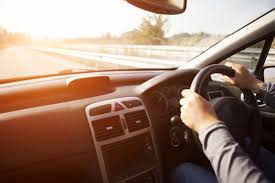
Why Drivers Must Have Good Hazard Perception
Whether you’re driving through a village or a city there’s always something going on that might cause you to brake, swerve or turn. Good hazard perception is vital in preventing dangerous situations from arising while you’re out on the road and can help to keep you and other road users safe.
Most traffic accidents are caused by human error, and it’s generally accepted that hazard perception is the primary factor contributing to this. A driver’s ability to perceive a potential hazard is influenced by two things: sensation and cognition. Sensation refers to the driver identifying an obstacle in their environment, while cognition is the further interpretation of this potential hazard to identify if it’s actually hazardous.
Hazard perception is about being able to scan the road ahead and see what’s happening, predict what other road users might do and then take the appropriate action to avoid any hazards such as seeing emergency vehicles approaching. These will be notable by their Chapter 8 Chevrons. Find out more at vehiclechevrons.com
This requires being able to pick out relevant information from what’s around you while simultaneously ignoring any irrelevant or superficial details. A perceptive driver will look out for all the clues they can, but they’ll also focus on the speed, direction and possible course of other drivers or pedestrians both to the front, side and rear of their car.
During the hazard perception test, candidates are shown 14 clips each containing at least one developing hazard. Each clip lasts about 30 seconds and candidates must click the mouse whenever they see a hazard develop.
It’s important to remember that it’s developing hazards that you need to click on, not static hazards. Static hazards are the things that are already in place and won’t be changing any time soon, for example, a parked car on the side of the road. A developing hazard would be if the parked car moved, for example, when the driver put their foot on the brake pedal and turned their indicators on.
So, if you’re trying to pass your theory test and you want to have the best chance of passing hazard perception make sure that you practice and learn all about what makes a hazard. Don’t rely on your reactions, even if you have lightning fast reflexes they aren’t enough to prevent any danger from occurring while you’re on the road and can potentially lead to collisions. For this reason it’s recommended that you take your hazard perception test as close to the date you’re planning on sitting your practical driving test as possible.


Leave a reply